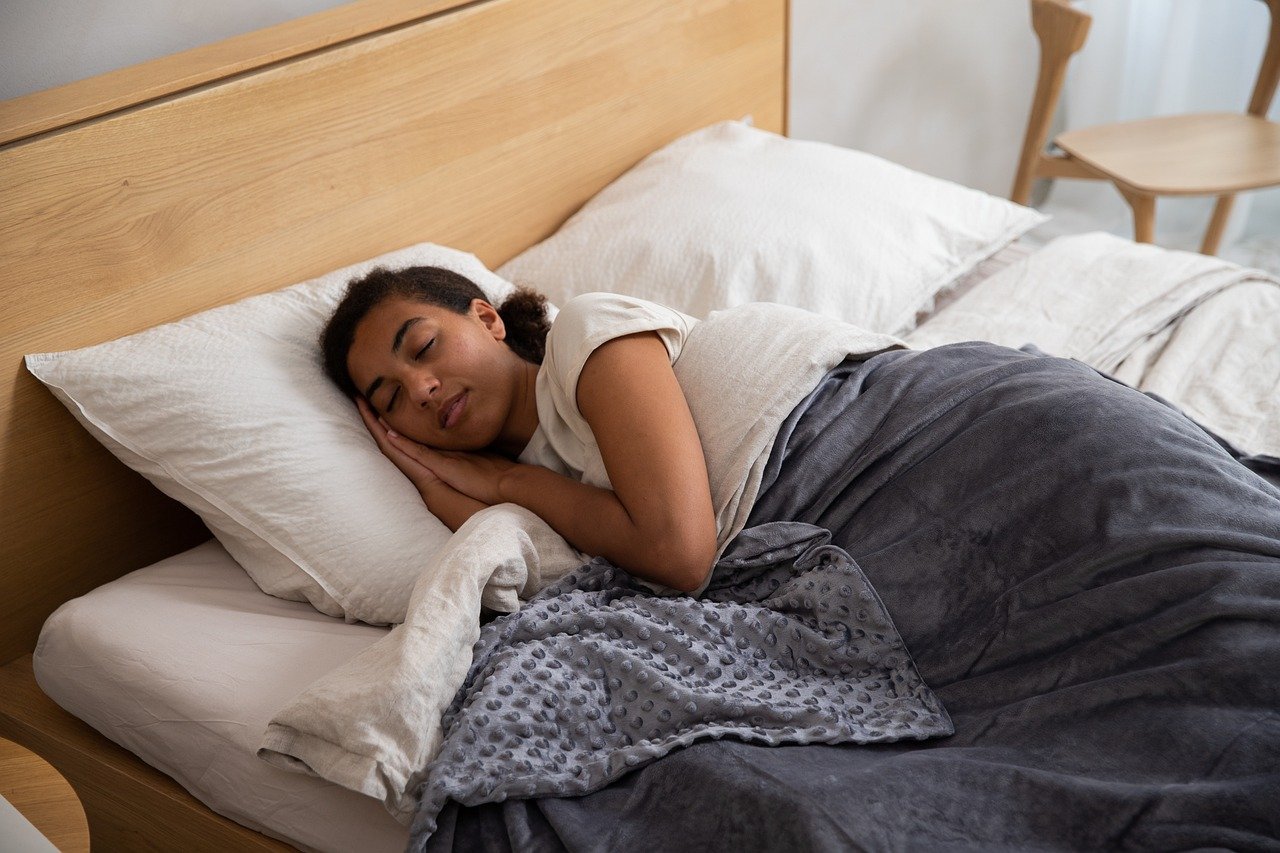How to Reduce Noise and Glare for Improved Sleep Quality
Poor sleep often stems from environmental factors like unwanted noise and bright light. Adjusting room acoustics, managing lighting, and choosing the right textiles, layout, and insulation can make a measurable difference in sleep comfort. This article explains practical strategies to reduce noise and glare so rest becomes easier and more consistent.

How do acoustics and soundproofing affect sleep?
Room acoustics shape how sound travels and lingers. Hard surfaces such as bare walls, windows, and uncovered floors reflect noise, increasing reverberation and making distant sounds more intrusive. Introducing soundproofing elements and soft materials—rugs, wall panels, and upholstered furniture—reduces echo and absorbs mid to high frequencies. Even simple changes such as repositioning a bookcase against a shared wall or adding a heavy curtain over a window can lower perceived noise. Prioritize sealing gaps around windows and doors to limit airborne noise and improve overall sleep conditions.
What lighting and blackout options reduce glare?
Controlling lighting helps regulate circadian rhythms and prevents glare that disrupts falling asleep. Install blackout curtains or shades to block streetlights and early sunlight; layered window treatments work well for both light control and insulation. Consider dimmable fixtures and warm-color bulbs for evening use to reduce blue light exposure. Position bedside lighting to avoid direct glare into the eyes and use indirect or shielded fixtures to create a calm ambience. Strategic placement of lamps and choice of lamp shades can soften illumination without sacrificing functional light.
How can textiles and mattress choices improve comfort?
Textiles play a dual role in noise reduction and light control while enhancing thermal comfort. Thick, tightly woven curtains, heavy duvets, and upholstered headboards help absorb sound and block light. Rugs and underlayments reduce footsteps and airborne noise from lower levels, particularly on hard flooring. Mattress choice affects comfort and motion transfer; a mattress with good isolation reduces disturbance from a partner’s movements. Choose breathable fabrics and mattress covers to maintain temperature regulation—consistent thermal comfort supports uninterrupted sleep.
How does layout and privacy influence sleep quality?
Room layout impacts both noise exposure and perceived privacy. Position the bed away from shared walls, busy roads, or noisy household areas when possible. Use furniture—bookshelves, wardrobes, or freestanding screens—to create buffer zones that diffuse sound and increase privacy. Thoughtful placement of soft furnishings and textiles in high-traffic paths reduces transmission of noise. Visual privacy matters too: frosted glass, blinds, or layered curtains prevent intrusive light and reduce the sense of exposure, helping the brain relax and transition to sleep-ready states.
What role do ventilation and insulation play?
Proper ventilation and insulation work together to keep the bedroom quiet and comfortable. Good insulation reduces the transmission of external noise through walls and windows while improving thermal performance; sealing gaps and adding insulation around frames reduces drafts and sound ingress. Ventilation strategies—such as using a quiet mechanical ventilator, an adjustable trickle vent, or a well-placed fan—maintain fresh air without creating disruptive noise or glare from indicator lights. Aim for low-noise ventilation solutions and position devices to minimize direct airflow onto the bed.
How to balance flooring, furniture, and ambience for restful nights?
Flooring and furniture choices affect both acoustics and the room’s ambience. Carpets or area rugs with quality underlay absorb impact noise and reduce echoes; cork and rubber underlays are effective for sound attenuation. Soft, upholstered furniture breaks up hard surfaces and offers additional sound absorption. Select finishes and textiles in calming tones and textures to foster a restful atmosphere; matte surfaces reduce glare compared with glossy finishes. Integrating layered lighting, textiles, and strategic furniture placement helps create a cohesive environment that supports uninterrupted sleep.
This article is for informational purposes only and should not be considered medical advice. Please consult a qualified healthcare professional for personalized guidance and treatment.
In summary, reducing noise and glare requires a combination of acoustic thinking, layered lighting control, smart textiles, and careful layout choices. Small interventions—such as sealing window gaps, installing blackout curtains, adding rugs, and rearranging furniture—can add up to significantly better sleep quality. Prioritize interventions based on the dominant disturbances you experience and aim for gradual improvements to your room’s insulation, ventilation, and ambience for lasting results.





